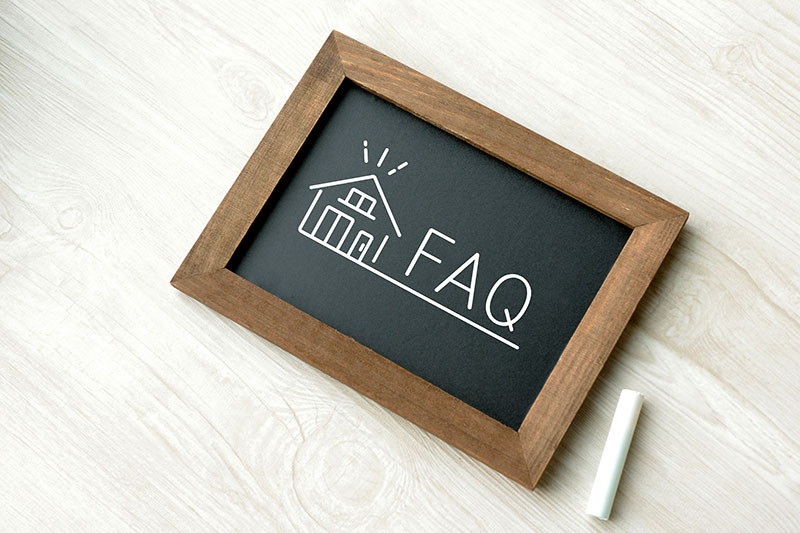1 min read
Understanding the statement of adjustments: What Victorian purchasers and vendors need to know before settlement
 Lindel Enticott
Oct 16, 2025 3:05:26 PM
Lindel Enticott
Oct 16, 2025 3:05:26 PM

When buying or selling a property in Victoria, one conveyancing process that plays a crucial role in ensuring fairness and accuracy at settlement is the Statement of Adjustments.
Whether you’re a buyer or a seller, understanding how property expenses are apportioned will help you avoid surprises and plan your finances confidently.
What Are Property Adjustments?
Adjustments are the calculations made to fairly divide property-related expenses, such as council rates, water charges, and owner’s corporation fees between the seller and buyer.
These are usually based on the settlement date, ensuring that:
- The seller pays for all outgoings up to and including the settlement day, and
- The buyer takes over from the following day onward.
Many outgoings are billed annually or quarterly (often paid in advance), therefore adjustments ensure each party pays only for their share of the ownership period.
Why do adjustments matter?
For Vendors
You may have already paid or will typically pay all currently levied amounts outstanding at settlement.
-
If you have paid for outgoings beyond the settlement date, the adjustments ensure you’re reimbursed appropriately; or
-
If you are not up-to-date in payment of outgoings, these arrears will be payable at settlement and will reduce the surplus funds you are entitled to receive.
TIP: Avoid paying bills in the two weeks before settlement without notifying your conveyancer: your conveyancer will ensure unpaid amounts are accounted for in your settlement figures.
For Purchasers
Adjustments typically increase the amount payable to the seller at settlement (to compensate them for rates paid beyond settlement).
Understanding this process helps you budget accordingly.
If purchasing at the start of a new financial year, or at the start of the rating period (eg. Annual owner’s corporation period) expect higher adjustment contributions.
TIP: Budget for more than just the balance of the purchase price — adjustments often increase your final payment. You may use the financial details disclose in the Section 32 Vendor Statement to get an idea of the expected rates that will be adjusted.
What is included in the statement of adjustments?
Here are the most common outgoings adjusted at settlement:
Council rates
The council rates are usually based on annual amount (typically the rating period is 1 July–30 June).
The total council rates are then divided into a daily amount (%365 days) and then shared based on number of days owned.
For example, if settlement occurs on 29th June then the vendor is responsible for 364 days worth of rates and the purchaser 1 day worth of rates.
Water Rates
Includes fixed service charges and water usage.
Service charges may be a quarterly or annual charge depending on the authority.
Usage may be estimated or determined by a special meter reading. When estimating usage the amount of water used on the last reading is used to estimate a daily cost.
Vendor pays for usage up to settlement.
Owners Corporation Fees
Includes administrative and maintenance levies. Special levies are generally paid by the vendor if struck before the contract date, or by the purchaser if struck after.
Land Tax
As of 1 Jan 2024, it is illegal for land tax to be apportioned for properties under $10 million.
The Vendor will be responsible for the tax solely.
Where adjustment is permitted it is based on the annual calendar year assessment and the terms of the contract.
Rent
Apportioned if rent is paid in advance. Typically, no adjustment if rent is in arrears.
Licence Fees
Applied where early occupancy or post-settlement occupation is agreed between parties as part of the conveyancing transaction.
Discharge of Mortgage and other government dealing fees
Government fees for the vendor’s discharge of mortgage or other dealing may need to be adjusted in the purchaser’s favour.
Other: one -off allowances
In certain contracts (such as off the plan contracts) credits for overpaid rates or agreed adjustments such as NBN/electricity connection costs may be included
What role will your solicitor (or conveyancer) perform in settlement adjustments?
Purchasers
-
Purchases all relevant certificates from the authorities to determine current outgoings
-
Ensures correct deposit paid has been deducted from balance due to seller
-
Calculates and prepares the statement of adjustments
-
Sends adjustments to seller’s solicitor, usually 5–10 days prior to settlement.
-
Requests confirmation of final amount from seller’s representative at least 2 days before settlement.
-
Purchasers will typically be able to view adjustments in the fortnight prior to settlement.
Vendors
-
Reviews and “mirrors” the purchasers version of the adjustments and the certificates relied upon to calculate the statement.
-
Checks for recent payments by the vendor not reflected in certificates
-
Ensures accurate adjustments including confirmation of deposit paid
-
Agrees on the balance payable to the vendor client and notifies the buyers representative at least 2 days prior to settlement of the agreement.
-
Vendors will typically be able to view adjustments in the week prior to settlement.
For clear guidance through your property transaction whether you're buying or selling our experienced conveyancing team ensures all adjustments are accurate and settlement runs smoothly.
Contact us today to learn more about how we can help.
The information is general in nature and does not constitute legal advice. If you are buying or selling, please contact us to request legal advice.

Understanding the statement of adjustments: What Victorian purchasers and vendors need to know before settlement
When buying or selling a property in Victoria, one conveyancing process that plays a crucial role in ensuring fairness and accuracy at settlement...
.jpg)


